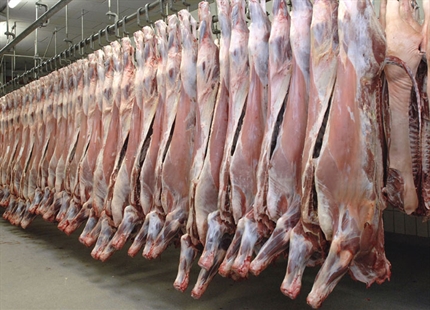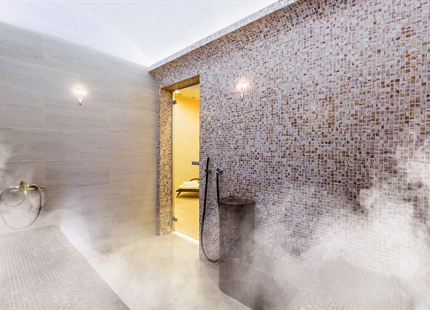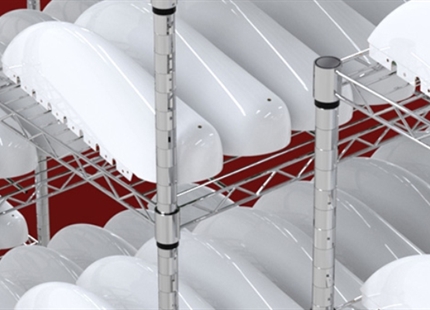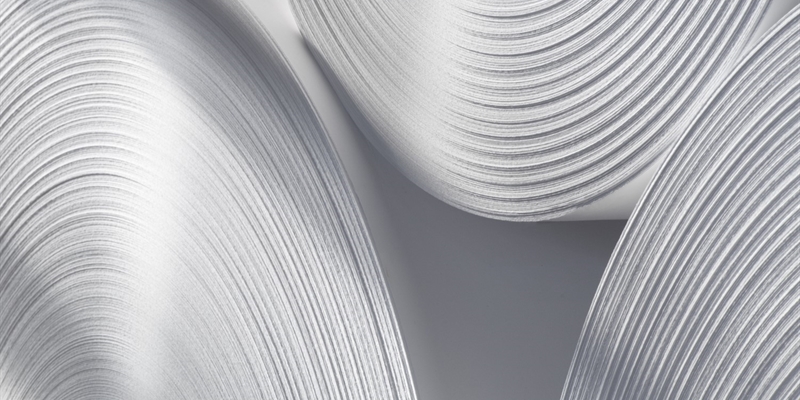
Contact us today to learn more about humidity for the Pulp & Paper industry...

Why Humidify... for Pulp & Paper
Humidity control in the paper industry is essential to control the moisture loss of the paper after drying.
Once produced and reeled, the paper can be exposed to ambient conditions at the end of the paper machine for considerable periods of time. Exposed surfaces of the paper will change in moisture content dependent on the ambient humidity, leading to problems during the slitting and wrapping processes.
Low humidity, below 50%, causes the paper to shrink, curl and lose dimensional stability making the reel of paper unusable and in turn very costly to the manufacturer. To stop this from occurring, the typical humidity level required is 55%rH. When this level is maintained the moisture in the paper maintains not only the flexibility of the product but also its stability during production and packing.
Low humidity in the slitting area will cause moisture losses to occur; these losses will take place very quickly. However, damage to the paper may not be seen at this stage as the tension on the paper prevents any curl or dimensional change being seen.
Changes to the paper in the slitting process will show at the sheeting stage because the tension has been taken off the paper and it is now free to change its shape.
When humidity is below 45%RH static electricity will be generated, which can cause packing issues and prevent a risk to staff from unexpected shocks.


Benefits of Condair humidification in the paper & pulp industry include:
- Extensive expertise around the world with many paper & pulp applications
- Better quality product, increased production efficiency and reduced wastage
- Comprehensive product range to precisely meet customers' requirements
- Low energy systems to reduce operating costs and improve humidity control
- Low maintenance solutions to reduce on-going service requirements
- Comprehensive service of expert advice, design, supply, installation, commissioning, maintenance and spares supply

Humidification for the Print and Paper
In the increasingly competitive print market where return on investment really matters, humidity control is essential to maintain quality and productivity at all stages of production.







Why Humidify... For Abattoir

Dehumidifiers for military storage

Why Humidify... For Supermarkets

Why Humidify... For Produce

Spa & Wellness

Humidification for Furniture and Flooring

Why Humidify... For Data Centers

Why Humidify... For Composites


